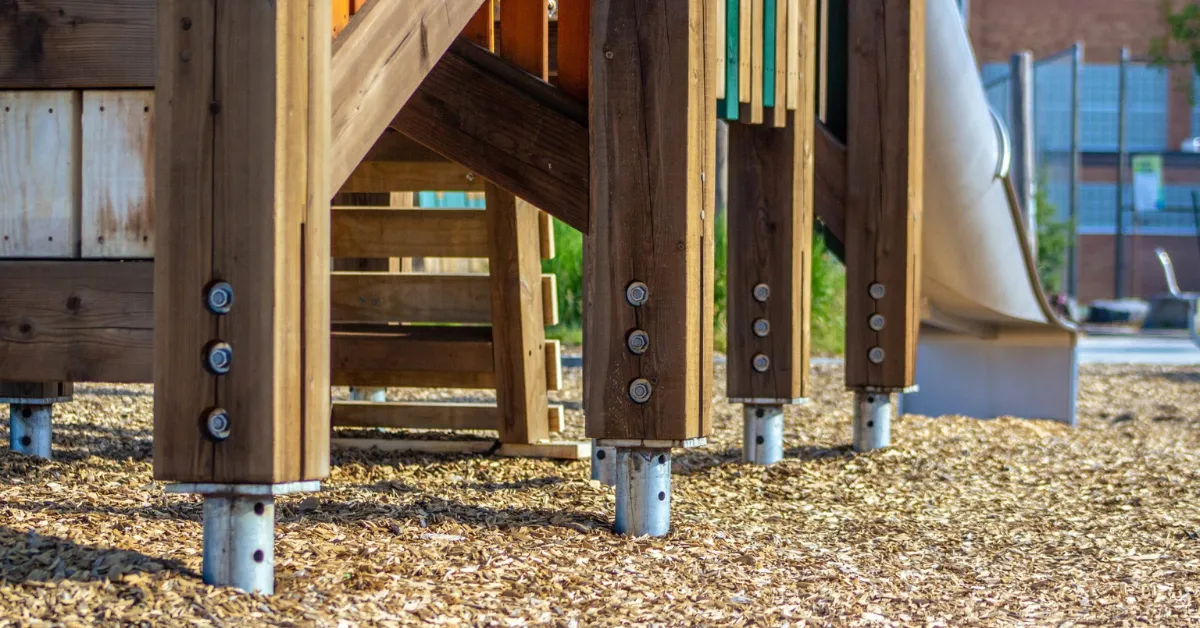Product
What is the difference between a concrete foundations and screw piles foundations?
Explore the differences between concrete foundations and screw piles, focusing on their advantages and disadvantages, and learn which foundation type might be best for your needs.


Concrete foundations
Regular concrete foundations are the most well-known type of foundation in the construction world today. These foundations are most often made of reinforced concrete and enriched with polymer fibers.
Advantages of concrete foundations:
- Commonly used: Concrete foundations are widely recognized and trusted in the construction industry.
- Insulating role: They provide excellent insulation, contributing to the energy efficiency of buildings.
Disadvantages of concrete foundations:
- Labor-intensive: A full-time man on the site is required for the planning and execution of the work.
- Extensive work: Excavation, formwork, and concrete pouring require several hours for installation. Guarantee of work often unpredictable or simply absent.
- Environmental impact: Waste soil from excavation, heavy concrete mixers can damage lawns and driveways.
- Multiple equipment and personnel: Requires several pieces of equipment and often more than one person on the site.
- Time-consuming: Excavation and frequent ground breaking extend the duration of work in most cases.
- Non-reusable: Once installed, concrete foundations cannot be reused.
- Weather-dependent: Limited to dry periods and temperatures above freezing point.
Screw piles foundations
Screw piles have been in use since the 1830s. They are a type of foundation that adapts perfectly to the North American climate and have almost no impact on the environment.
Advantages of screw piles:
- Versatility: Installation possible in almost all types of soil and in all weather conditions.
- Eco-friendly: Screw piles are reusable and ecological.
- Cost and time efficient: Reduced cost and time for installation with no damage to the ground.
- Minimal equipment: Little equipment is needed, and it’s easy to handle. Often, only one man is required for the job.
- Clean installation: No excavation is required, making the process clean and straightforward.
- Quick installation: Simple, quick, and guaranteed installation.
- Easy planning: Site planning is limited to installing stakes that identify the location and desired height of the piles.
Disadvantages of screw piles:
- Lack of awareness: They are not yet well known among the general public.
Are you still wondering: What is the difference between a concrete foundation and screw piles? Contact your local Postech Installer to learn more about this! And you? What question should we answer next?

